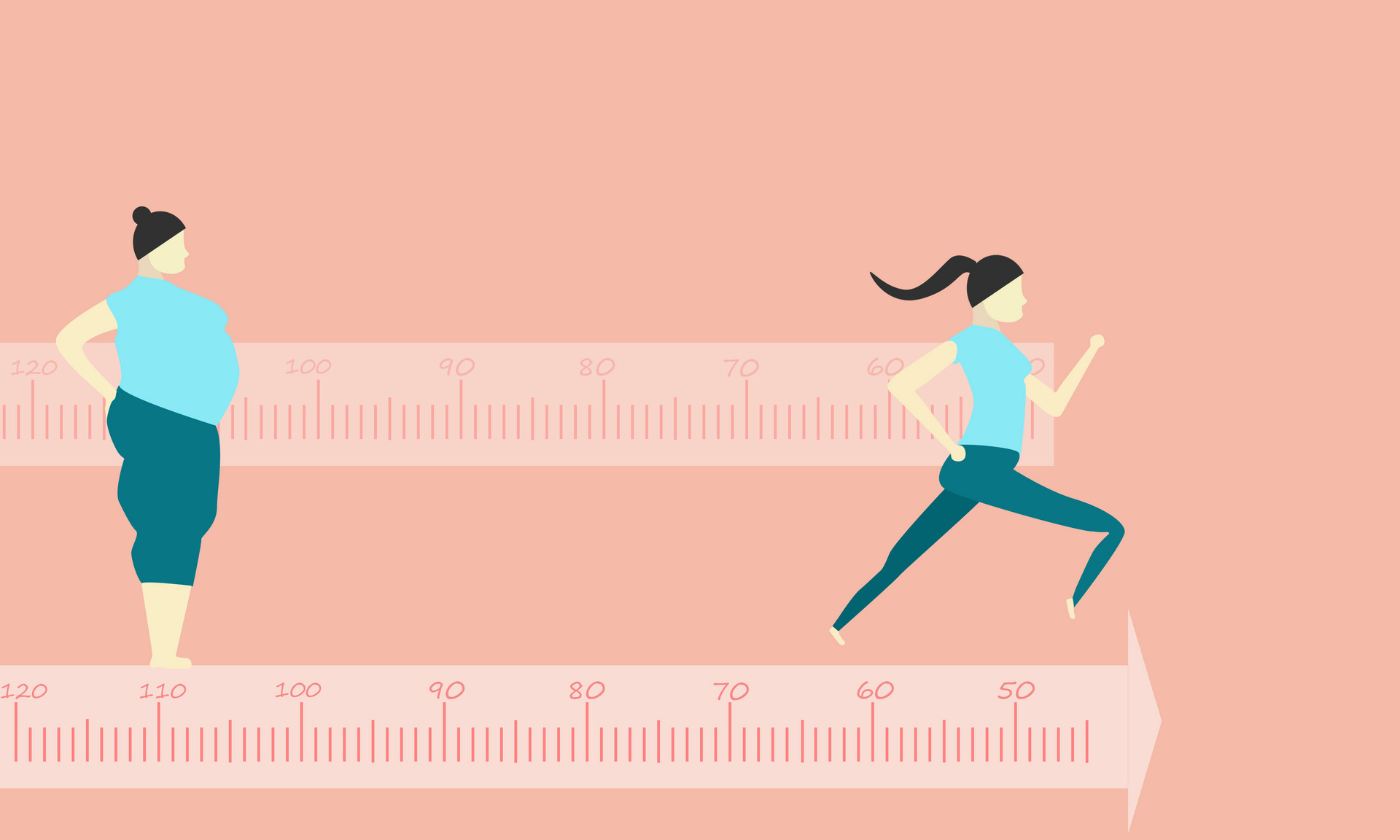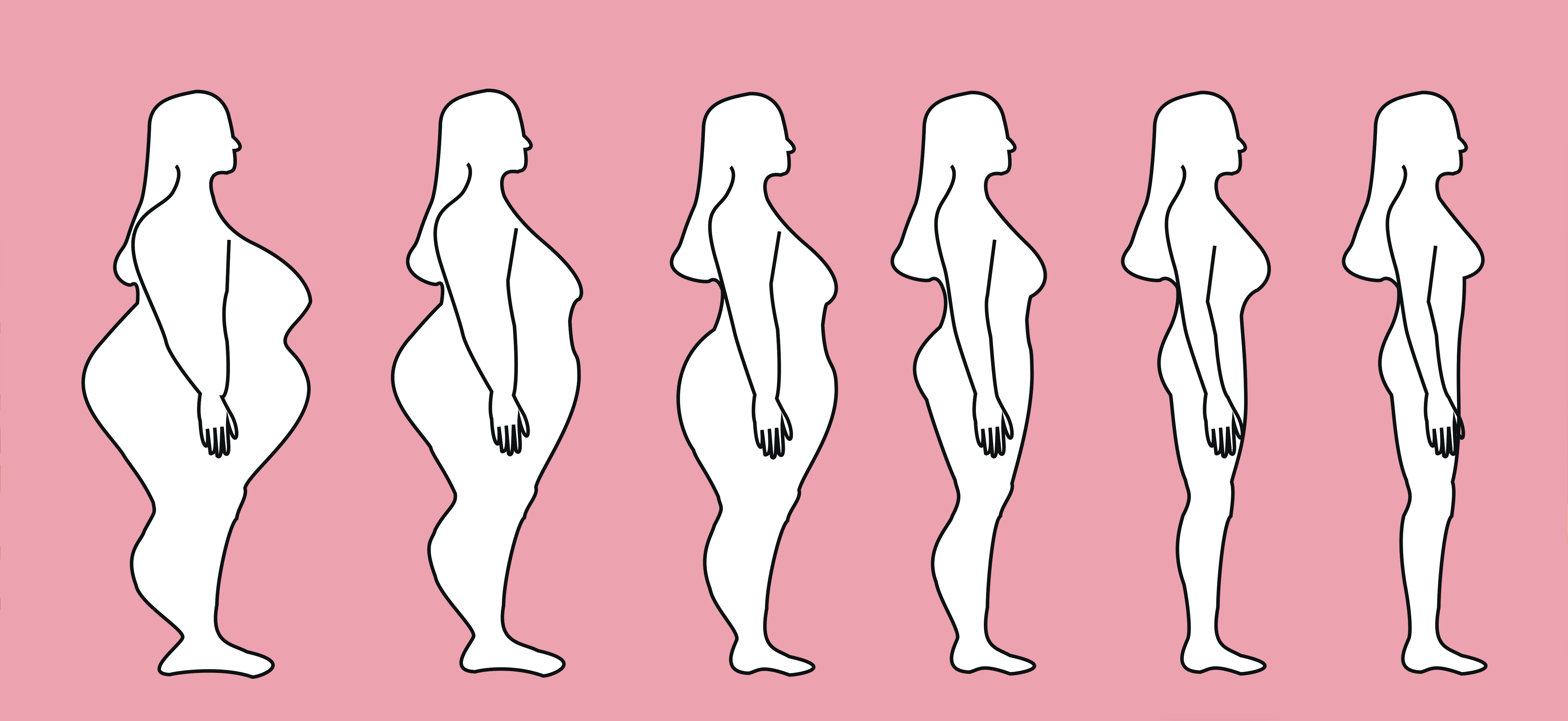Walking normally, the arms should naturally hang down, swinging lightly with the stride to maintain balance; the movement of the arms can also help the waist to rotate, promoting blood circulation and eliminating fatigue.
Walking briskly for a long time can increase energy consumption and utilize excess fat in the body. For older people who tend to be overweight, it can prevent weight gain. Modern medical research has shown that walking can increase metabolism and walking before and after meals can prevent and treat diabetes. Brisk walking can also help relieve muscle tension and have a calming and relaxing effect, promoting better sleep and preventing neurosis and depression.
Regular walking can significantly reduce diastolic blood pressure in patients with hypertension; slow walking combined with deep breathing can relieve headaches; looking into the distance while walking helps adjust the posture of bending over a desk, preventing cervical spondylosis. Regular walking can also exercise the heart, improve myocardial function, improve blood circulation, promote gastric secretion, and accelerate digestion and absorption of nutrients in the body.
Therefore, walking is an excellent form of exercise. Here are some methods for walking for fitness:
1. Replace Transportation with Walking: Walk at a faster pace when going out or in the morning after waking up, for about 10-20 minutes before having breakfast or going to work.
2. Walking After Meals: Rest for about 20 minutes after meals and then start walking at a slow pace. It is recommended to do this after dinner, as it aids in digestion, absorption, and sleep. It also provides an opportunity to enjoy the natural scenery, refreshing the mind and eliminating fatigue.






